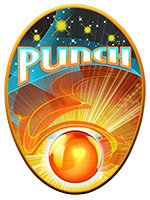Outreach Overview
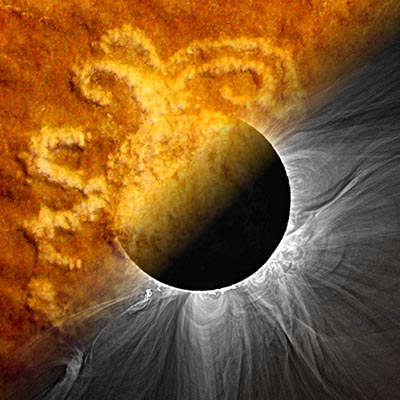
Composite of ancient and modern depictions of the solar corona. Upper left: ancient petroglyph plausibly interpreted as an impression of a solar eclipse viewed in 1097 from Chaco Canyon, NM. Lower right: high-resolution observation of 2013 solar eclipse (© 2013 Constantinos Emmanoulidis, © 2014 Miloslav Druckmüller)
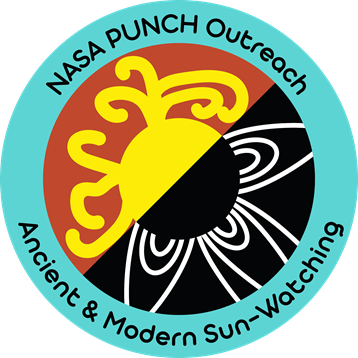
The PUNCH Outreach program activates the theme of Ancient & Modern Sun-watching to enhance the personal relevance of NASA heliophysics for all American citizens in the US Southwest and beyond.
The “ancient” dimension of our theme emphasizes Chaco Canyon - a World-Heritage historical park in northwestern New Mexico that displays strong evidence for ancient Sun- and Moon-watching.
The “modern” dimension of our outreach theme has two parts:
- NASA’s exploration of the Sun with an emphasis on PUNCH and allied missions
- Empowering personal observations and experiences of the Sun
All people have ancestors who observed and tracked the Sun and seasonal cycles for survival. Our Ancient & Modern Sun-Watching theme portrays NASA exploration of the Sun as a natural extension of this age-old dedication to observing and predicting solar rhythms, today including the Sun’s 11-year magnetic activity cycle.
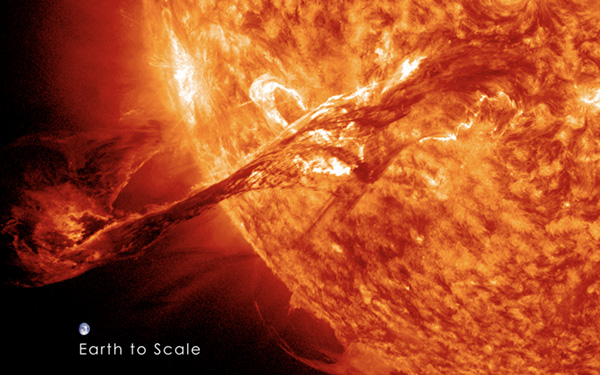
A maximum in solar activity means a greater chance of solar storms that can be harmful to astronauts and spacecraft in the solar system. The PUNCH mission is designed to study and track such storms with unprecedented capacity.
The PUNCH outreach plan was explicitly designed to take advantage of the maximum in the Sun’s activity cycle (2023-2026) and the 2023 and 2024 solar eclipses to leverage the naturally enhanced public attention about the Sun. Alignment with the Ancient and Modern Sun-Watching theme helps to ensure that our outreach products and event models are enduringly useful for many years beyond these natural events as well as beyond the lifetime of the PUNCH mission.
Additional Information
In 2020, the PUNCH mission leader called for leveraging PUNCH science, people, and data in support of developing a strong science, technology, engineering, and mathematics (STEM) workforce for America. He hired the PUNCH outreach leader to build a team and develop a plan for fulfilling this charge. NASA approved the mission-embedded PUNCH Outreach plan in January 2021 with the expectation that its implementation would carry on throughout all phases of the PUNCH mission.
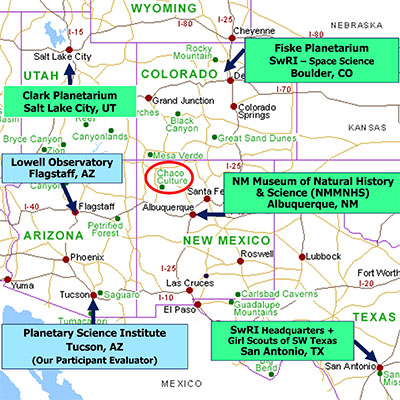
To enact the plan, the PUNCH mission partners with a collaborative of planetariums and science centers, plus other team members in the Four Corners region (CO, NM, UT, and AZ). Dissemination partners with national networks (e.g. the Astronomical Society of the Pacific help to ensure our efforts are also of benefit to Americans in every state in the US.
Links
Downloads
- Interpreting the Ancient & Modern Sun-Watching Logo (PDF, 600 MB)
